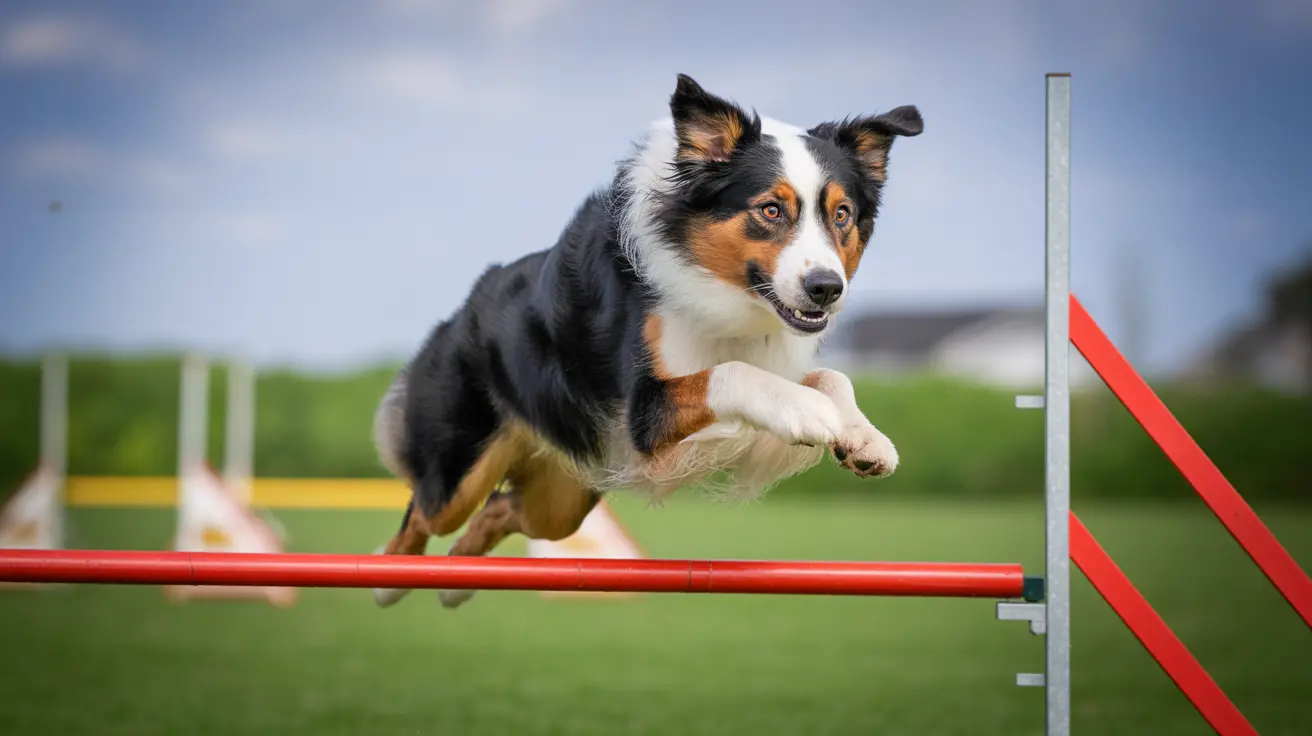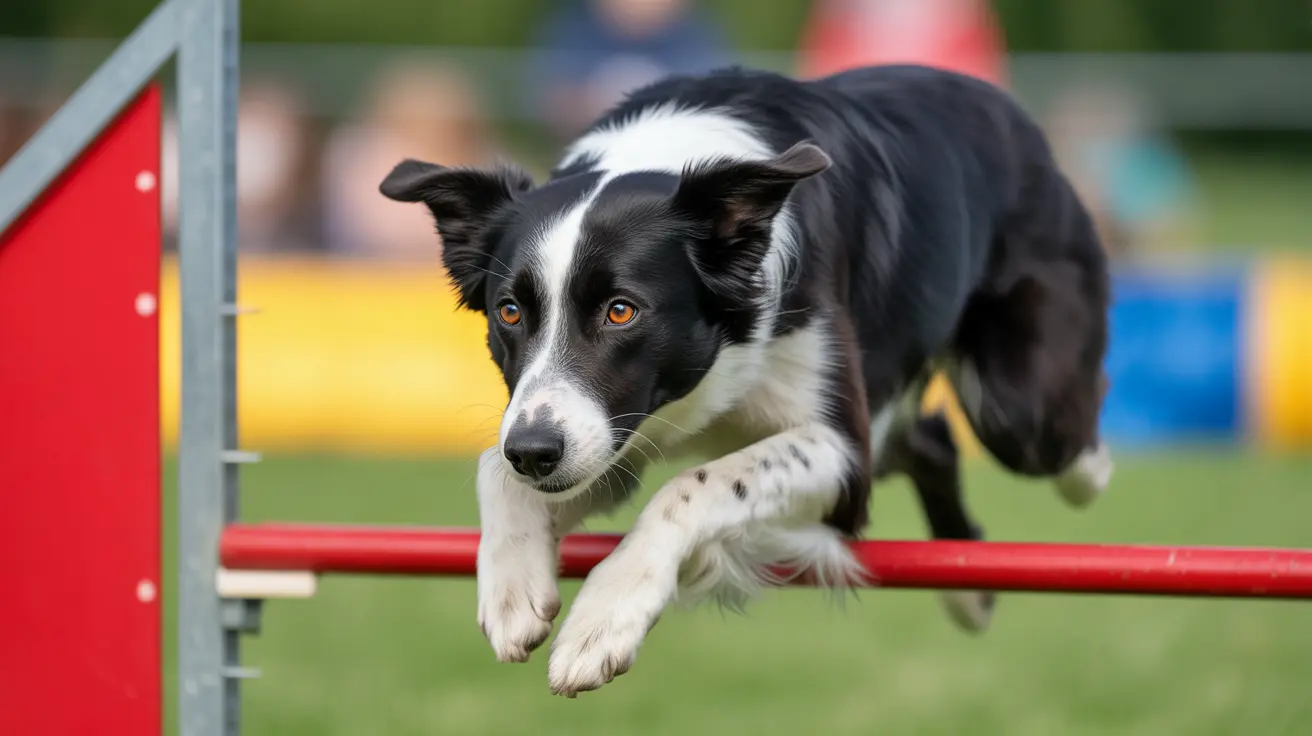How to Stop Your Dog From Pooping in the Crate
Crate training is meant to provide your dog with a safe, clean space—but sometimes dogs defecate in their crates, much to their owners' frustration. Let’s explore why this happens and what you can do about it.
Why Dogs Poop in Their Crates
There are several reasons a dog might soil their crate. Understanding the root cause is crucial for effective solutions:
- Incomplete Housetraining: Puppies or dogs who haven’t learned to control their bowels may not see the crate as a clean sleeping area.
- Physical Maturity: Young puppies simply can’t hold it for long periods—overnight or when left alone.
- Inconsistent Scheduling: Unpredictable feeding and bathroom breaks disrupt routines and lead to accidents.
- Prior Environment: Dogs from pet stores or puppy mills may have learned to eliminate where they sleep, making retraining necessary.
- Anxiety and Stress: Changes in environment or crate-related anxiety can cause loss of control or reluctance to signal when they need out.
- Medical Issues: Gastrointestinal disorders, parasites, dietary sensitivities, urinary tract infections, or other illnesses may increase urgency and frequency.
Troubleshooting Crate Soiling: Step by Step
- Rule Out Medical Issues
If accidents are sudden or frequent, consult your vet to check for infections, parasites, digestive problems, or other health concerns. Health first—always!
- Monitor Diet and Feeding Times
Feed high-quality food at scheduled times. Predictable meals help create predictable elimination patterns. Avoid overfeeding and sudden diet changes.
- Create a Routine
Your dog thrives on consistency. Feed and walk them at the same times daily. Puppies under 12 weeks may need hourly potty breaks; older dogs can usually wait 4–8 hours. Make sure your pup eliminates before crating—especially overnight.
- Check Crate Size
The crate should be just large enough for your dog to stand up, turn around, and lie down comfortably—not big enough for them to soil one end and sleep in another. Use dividers if needed.
- Make the Crate Positive
Feed your dog in the crate and use positive reinforcement so it feels like a safe retreat—not a punishment zone. If bedding is soiled or used to cover waste, remove it temporarily.
- Frequent Outdoor Breaks
Take your dog outside after meals, playtime, naps, and before/after crating. Reward outdoor elimination with praise or treats—make it worth their while!
- Praise Successes
Praise and reward every time your dog eliminates outside. Don’t scold for accidents; negative reactions can create anxiety or make your dog hide accidents instead of learning from them.
- Treat Anxiety if Needed
If stress or separation anxiety is causing crate soiling, try gradual crate training with calming techniques. In severe cases, consider alternatives like exercise pens during retraining.
- Chemical Clean-Up
Cleansing with enzymatic cleaners removes all traces of odor from crate and bedding—lingering smells may encourage repeat offenses.
- Patience & Consistency
This process takes time—especially if your dog's early environment encouraged soiling indoors. Stick with structured routines and supervision for best results.
- Larger Confinement Area (If Needed)
If nothing works, try an exercise pen with a designated toilet area away from sleeping quarters during retraining before reintroducing the crate once clean habits form.
Special Considerations for Persistent Problems
- Puppies from poor breeding situations may need extra patience—a reverse housetraining approach helps: confine in a larger area first before gradually reintroducing the crate when cleanliness improves.
- If your dog suddenly starts soiling after being previously clean in the crate, check again for illness or disruptions in routine.
- If your pup prefers eliminating on soft surfaces (like bedding), remove bedding until habits improve.
The Bottom Line: What Works Best?
The most effective way to stop crate soiling is by carefully ruling out medical causes first; then ensuring proper crate size; maintaining strict feeding/potty schedules; reinforcing outdoor elimination with positive rewards; cleaning up thoroughly after accidents; addressing any anxiety; and being patient as new habits form. If basic steps don’t resolve things within a reasonable timeframe—or if you’re feeling stuck—don’t hesitate to reach out to a veterinarian or professional trainer for support tailored to you and your pup’s needs.





